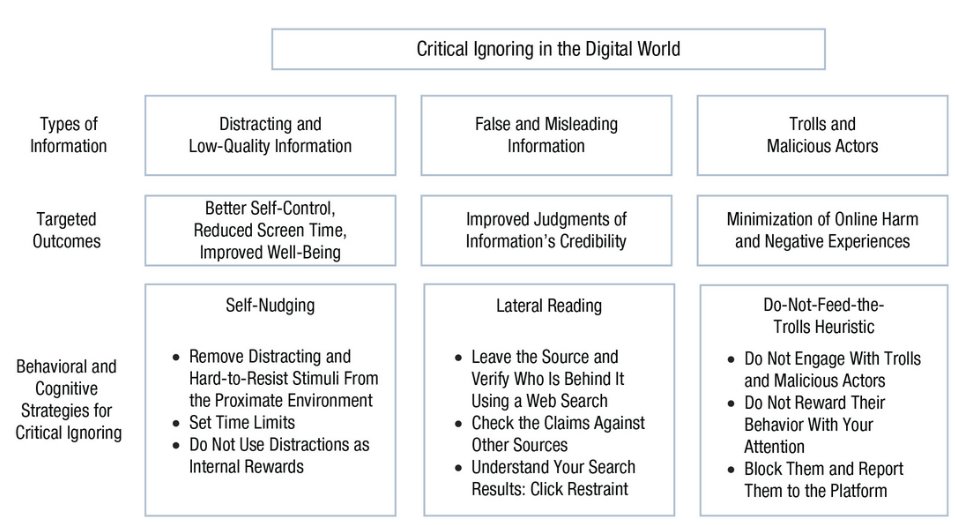An obsessive focus on product can be valuable, but it often obscures essential truths: The medium is the message, and the journey is the destination.
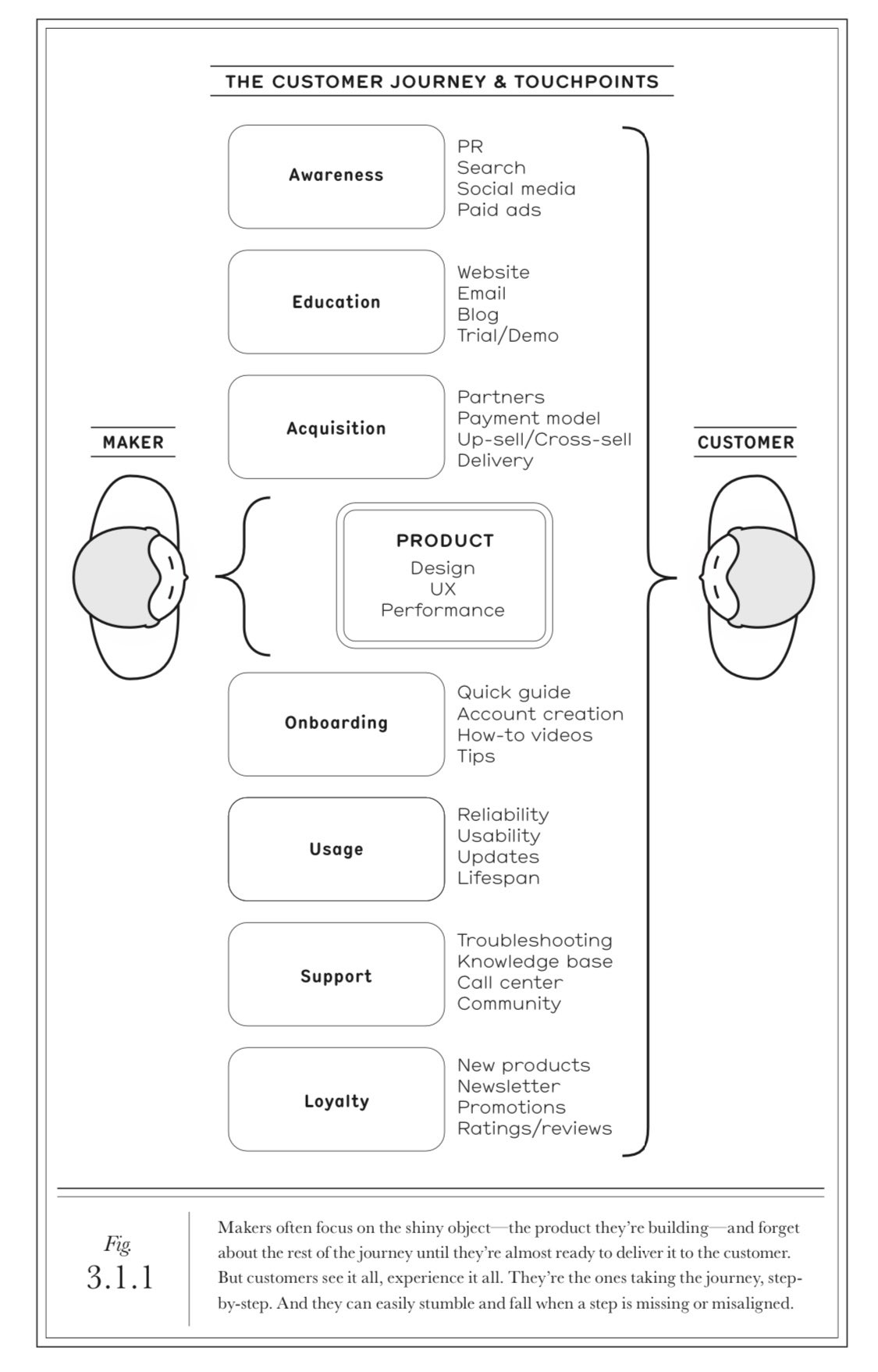
An obsessive focus on product can be valuable, but it often obscures essential truths: The medium is the message, and the journey is the destination.

Exploring Generative Design Spaces
A primary HCI challenge of generative ML systems in creative settings is that the design possibility spaces that users are exploring are extremely large. Naive approaches - like manual prompting - do not scale. "Serendipity engineering" is still in its infancy.
It's fascinating that the Picbreeder experiment - A case study in collaborative evolutionary exploration of design space - which started in 2007 by @kenneth0stanley et al is still highly relevant and cutting edge today.
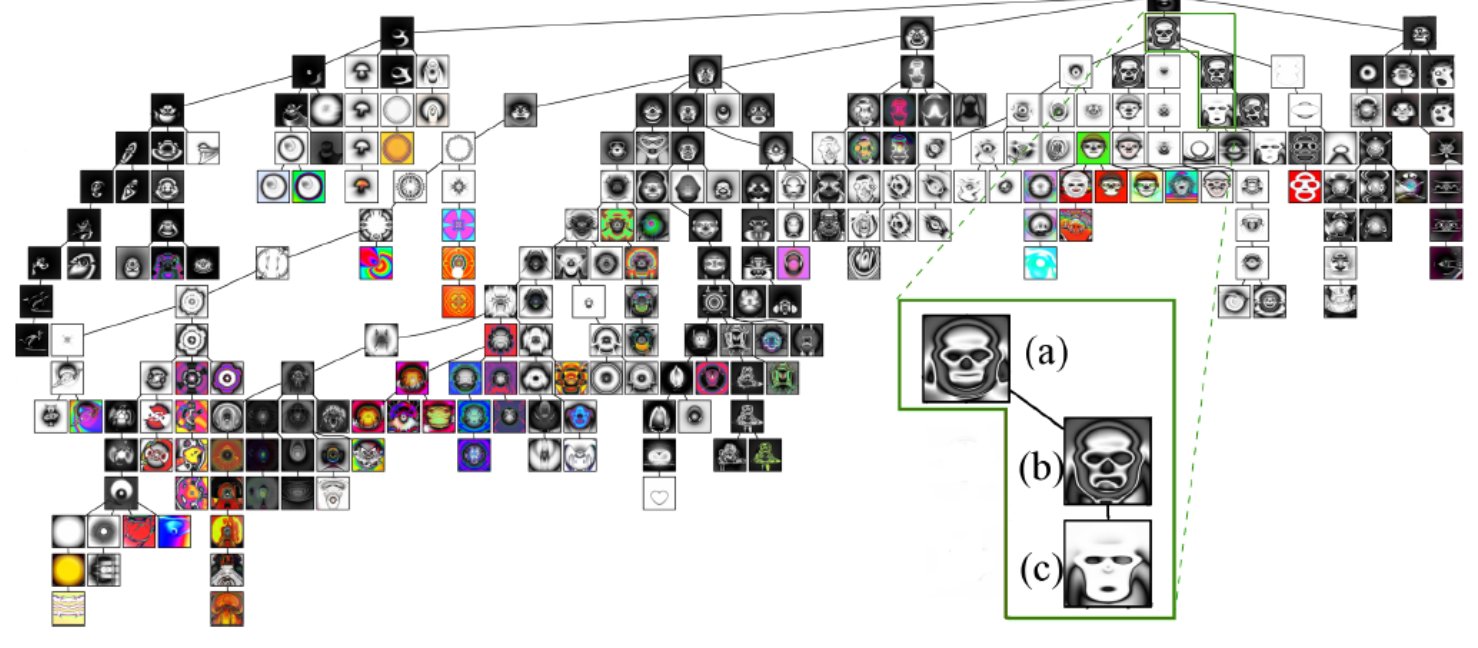
A significant paradigm shift is unfolding: moving from databases that require manual data entry by humans to databases where AI agents automatically aggregate, sort, and summarize information based on objectives set by human curators. Entire product categories can be rethought.
“What next, should I have a computer that eats my dinner and fucks my wife?” is one of those perfect sentences that just sticks in your head

Hostile architecture is an urban-design strategy that uses elements of the built environment to purposefully guide behavior. What is it's opposite?



The Mosquito is a machine used to deter loitering by emitting sound at high frequency. This "hostile design" device is categorized by opposition as a sonic weapon targeted only at children and young people
Matryoshka Analysis
When tackling complex issues—whether in R&D, design, philosophy, politics, or beyond—a powerful technique is to deliberately shift your vantage point, change your perspective and explore different levels of abstraction. I call this the Matryoshka Analysis.

The two-eyed man: "In the country of the blind, the one-eyed people run things, and the two-eyed people are in for a rough time!"

Too many folks these days desperately trying to signal they are 'special' by obsessively pretending to be futuristic - AI this, Robot that, Cyber-Bio-bla here, Incomprehensible tech thing there. Almost all come across like a embarrassing bad copy of 1980s Cyberpunk Manga Aesthetics - a future vision and aesthetic that's been outdated for ages. Try being timeless instead.
Has anyone built any truly compelling things for kids (age 4 - 12) with all the gen AI stuff yet, beyond shallow gimmicks? Any success stories?
Reality Tunnel Management (RTM)
Close it
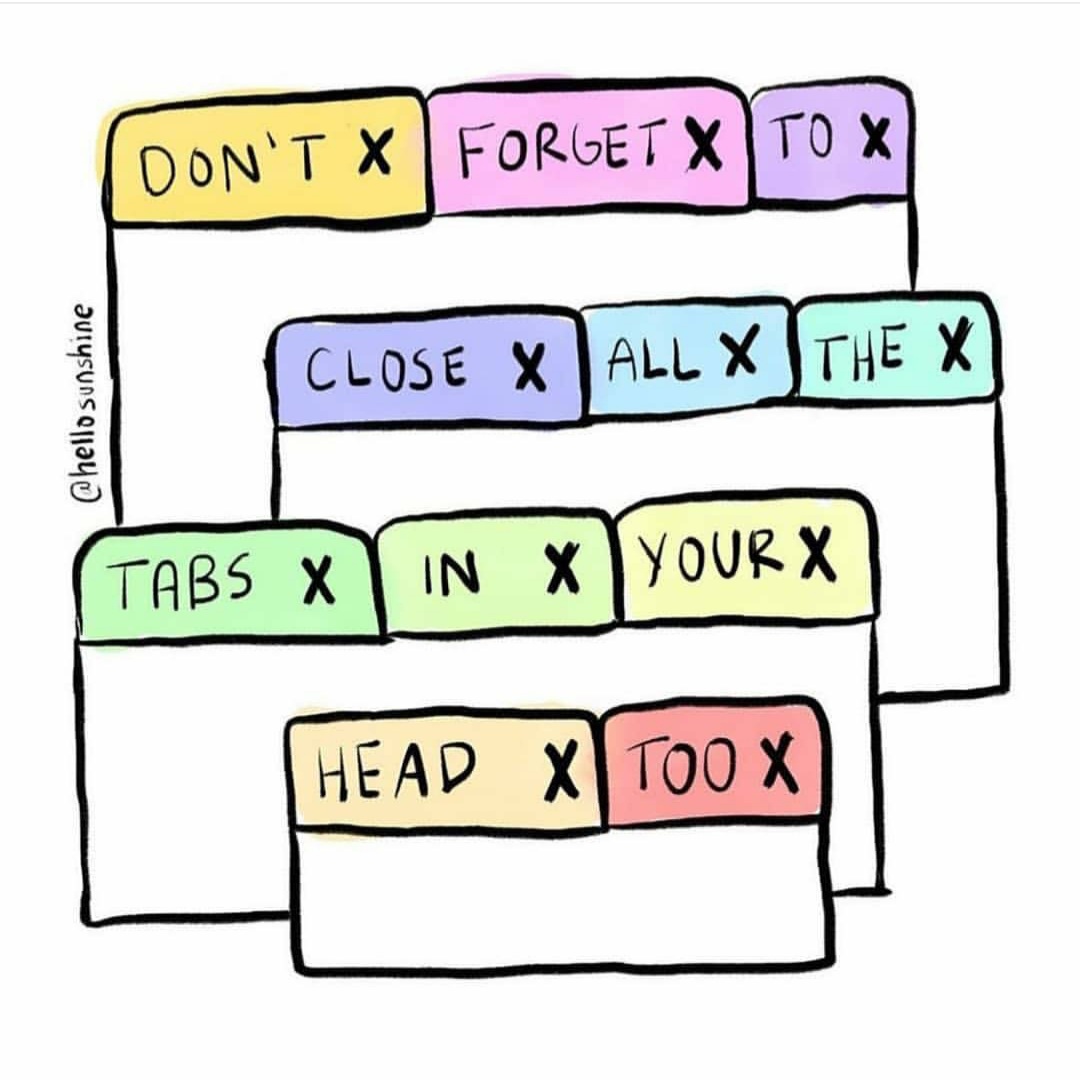
Tune in
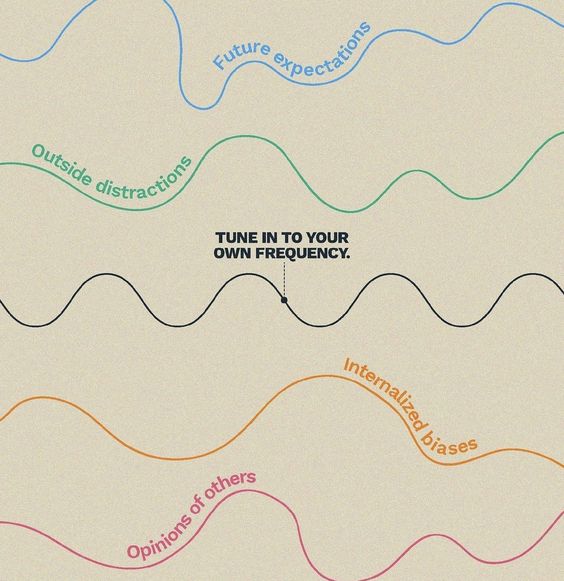
Focus
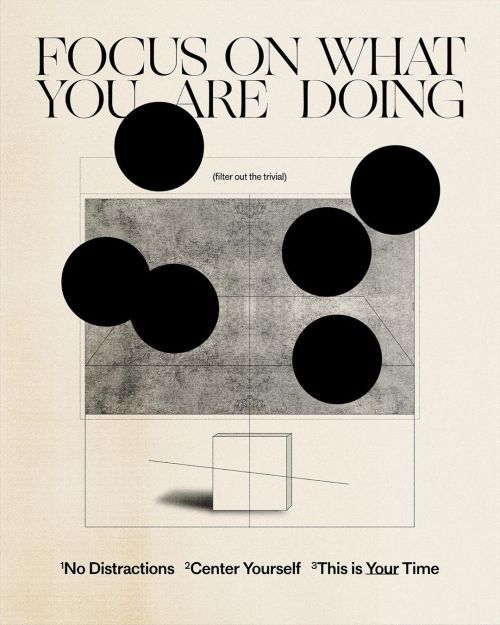
Stop it

Filter and Enjoy
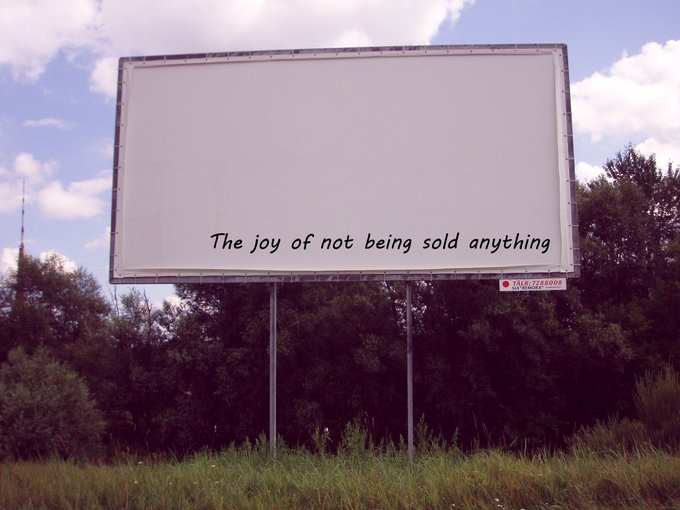
Cultivate Cognitive Security

Question Sources of Suggestibility

Keep it real.

Expand the delay between desire & gratification.

"The art of knowing is knowing what to ignore" - Rumi
